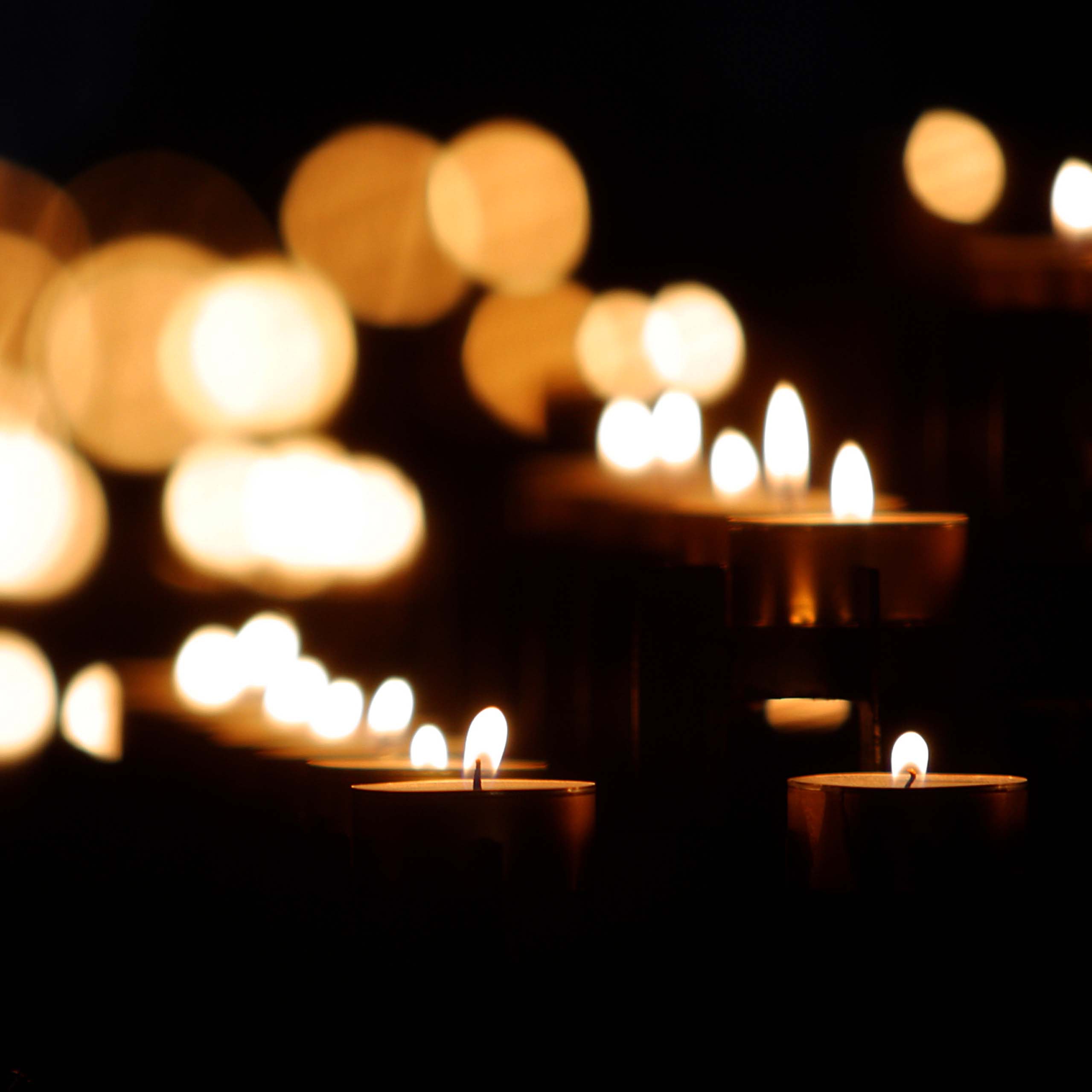There have been many upsetting stories in the news about the consequences of fires that were started by candles. Even when, thankfully, these fires do not result in fatalities or injuries, it’s still shocking to see the level of damage and disruption that can result. Just last month a family in Bolton lost the majority of their possessions after a pet knocked over a candle and set light to the living room sofa. The fire quickly took hold and the smoke and heat effectively destroyed everything in the house. The family has understandably been left devastated.
The owners of this property in North Wales certainly had a lucky escape. Their bathroom was destroyed by a fire that was started by a candle – but given that the owners had left it burning as they slept, they were very fortunate the outcome had not been significantly worse. Around 40% of all fires started by candles lead to death or injury. As this article by the London Fire Brigade highlights, candle fires in houses might even become more of an issue thanks to the growing trend of people working from home. An unexpected consequence appears to be an increase in fires resulting from people looking for cheaper ways to heat and light their homes – including by using candles.
The fire risks associated with candle use can apply anywhere of course. For instance sleeping accommodation premises such as houses of multiple occupation, private lets and student accommodation are vulnerable; it’s important that candle safety is an issue that’s highlighted as part of overall fire safety planning to make sure tenants think carefully about using them. Hospitality is another sector where candles are regularly used. We can’t deny they do contribute to the ambiance at hotels and restaurants. They must be used with a great deal of caution, however, given the potential risks they pose and the fact that they are often used in environments where customers might be drinking alcohol too.
Candles can be in regular use in many other places which might not be so immediately obvious: for example, candles are a feature of many services of worship and thought must be given to using them safely, taking factors like the nature of the service and make-up of the congregation into account.
Candle fire safety week
We’re entering a particularly popular time for using candles; Halloween, Diwali, Bonfire Night and Christmas are all occasions when candle use increases. The risk is heightened by factors like excited children, increased quantities of combustibles due to extra decorations and in some instances a tendency to indulge in more alcohol than usual. That makes it the ideal time of year to talk about candle safety; candle fire safety week starts on the 14th October and encourages people to think about how safely they are using candles in their homes and businesses.
Of course, the ideal solution is to use battery-operated candles. They look very similar to the real thing and remove all the risks associated with candle use. But if you want to use real ones, here are some tips to follow:
Tips for candle fire safety
- Think carefully about where candles are situated. Put them on a stable surface, well out of the reach of children and nowhere that they could be knocked over by pets. Ensure they are not close to flammable objects like curtains, furniture, bedding and books.
- You should only light candles situated in well-ventilated spaces to avoid rapid or uneven burning, soot and dripping but keep them away from draughts, open windows or fans. Avoid putting candles close together too as the flames might flare.
- Once candles are lit, don’t move them. And don’t burn them beyond the manufacturer’s recommended time.
- If the flame starts becoming high, extinguish the candle and trim the wick to about a quarter of an inch before relighting it. Keep the wax pool free of trimmings and any other debris.
- Don’t ever leave lit candles unattended and triple check they’re completely out before going to bed. If you’re feeling drowsy, extinguish them to remove the risk of you falling asleep while they are burning. And never use them as a night light.
- There have been instances where jars holding candles have cracked or shattered due to the glass heating up excessively. Stop using the candle when the wax is around 1.5 cm away from the base of the jar to reduce this risk and always remember to leave the jar to cool down before handling.
- Ideally, extinguish candles with snuffers or spoons to prevent sparks flying.
